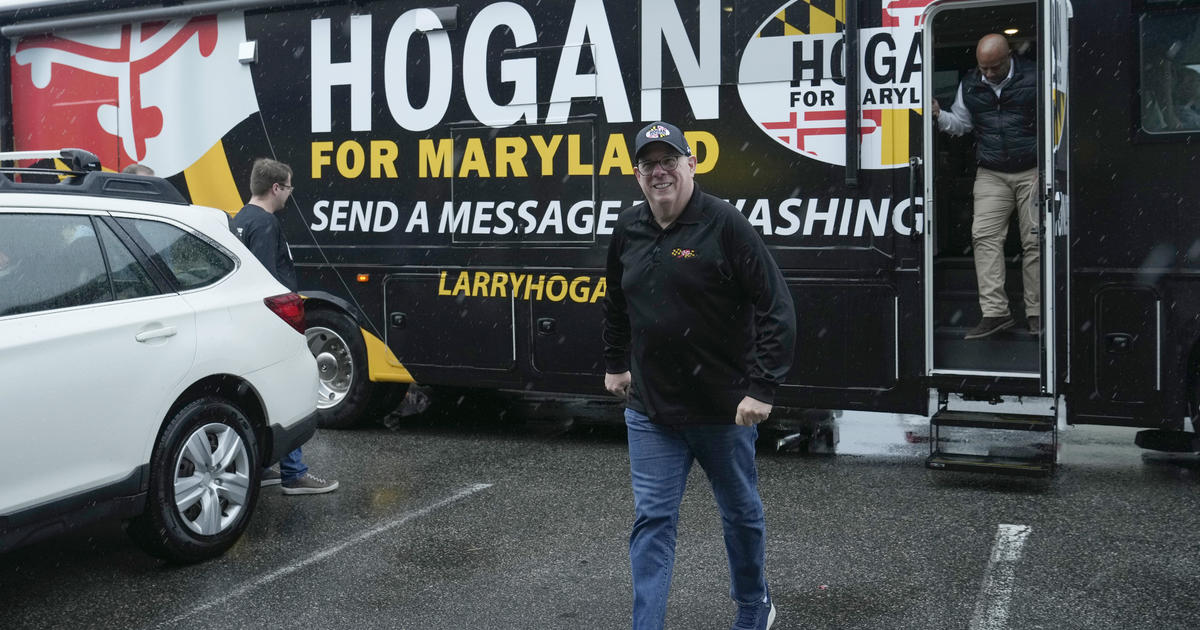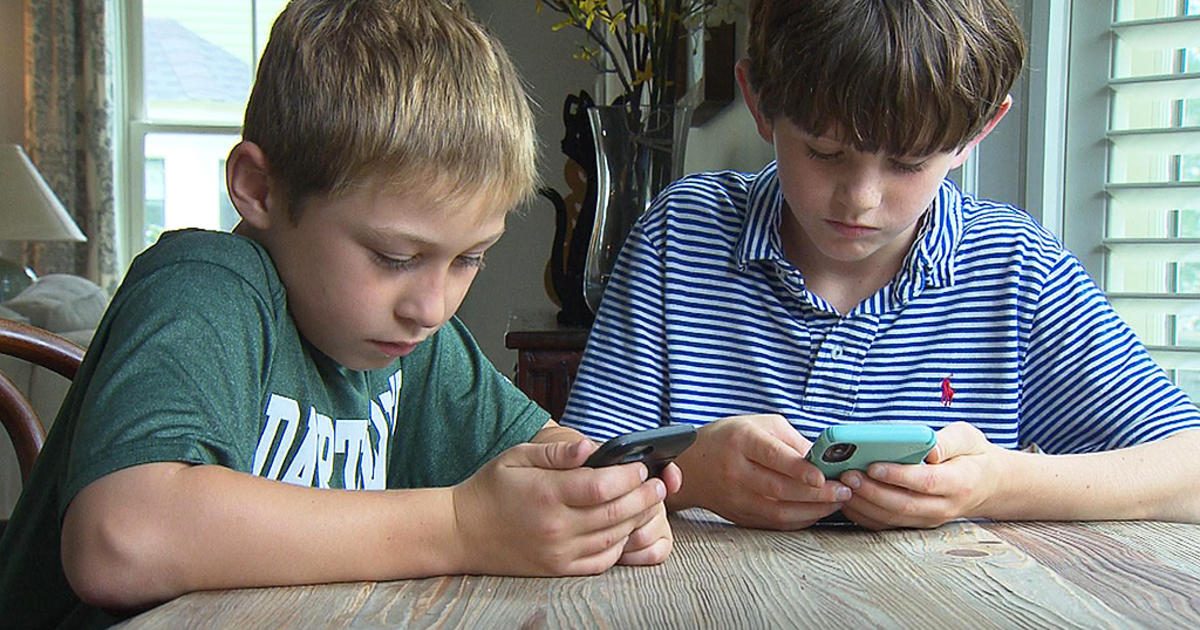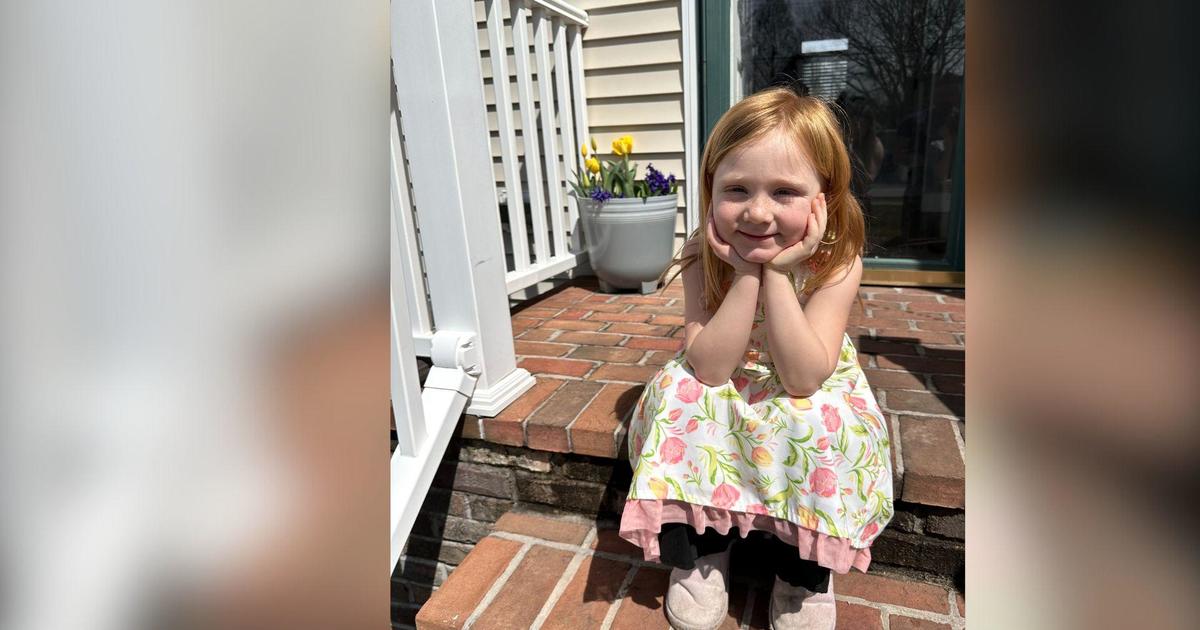Maryland Home To A Number Of Civil War Scholars
OCEAN CITY, Md. (AP) -- Mary DeCredico has a thing for lost causes. Just look at her record on athletes.
"I'm a Cleveland sports fan," quipped the Ohio native.
Her affinity for Gen. Robert E. Lee falls into the same category. When she was a young child, his sullen image on a television series caught her eye.
She wanted to know why he was so downtrodden, why he wassurrendering.
"I felt sorry for him," she said.
It led to a career.
She began reading books about Lee, then other Confederate figures. Eventually, she got a Ph.D. in Southern history and began teaching and writing her own books. She's working on her third, which concerns civilian life in Richmond during the war.
Her office at the Naval Academy, where she's taught for 25 years, is filled with Civil War books, several prints of battles and the Confederate seal.
"I'm learning something new every day," DeCredico said.
Other local scholars agree there's plenty still to discover about the war, even with all the information already out there.
They came by their interest in different ways from DeCredico, but they're just as passionate.
Craig Symonds of Annapolis, who co-edited the recently-released "The New York Times Complete Civil War 1861 - 1865," was hooked when he read a three-volume series on the war as a teenager.
For O. James Lighthizer of Crofton, a former county executive who is president of the Civil War Trust, it was the novel, "The Killer Angels," about the Battle of Gettysburg. "I was hooked overnight," Lighthizer said. "(The Civil War) is a fascinating subject. It's the only subject I ever wanted to master -- and you can't."
Dan Toomey of Glen Burnie, though, became interested in the war more as a consequence of play. Toomey, who is considered an authority on the war in Maryland, spent a lot of time at his great-aunt and uncle's historic mansion as a child and started digging up artifacts. He has ancestors on both sides of the conflict.
"The history was right there to see and learn about," said Toomey, whose exhibit "The War Came By Train" opened four months ago at B&O Railroad Museum in Baltimore and runs until spring 2015. "It was an evolutionary process of a kid immersed in history from the age of five and never letting go."
One reason there's so much interest in the war locally has to do with Maryland's and Anne Arundel County's dual identity.
"Maryland is where the nation tore apart," Toomey said. "People talk about the Mason/Dixon line, but that's just a line on a map."
Tensions were so high in some families in this county that they changed the spelling of their name depending on whether they sided with the North or the South so as not to be associated with the other.
Toomey and other scholars immerse themselves in this kind of information, but just like the North and South were split, so too are scholars and re-enactors in their approach to the Civil War story.
When it comes to re-enacting, "It's not what I do," said Symonds, winner of the 2009 Lincoln Prize for a book about the 16th president and the Navy. "I do know a few re-enactors who have a very scholarly approach to the subject, but very few scholars who re-enact."
Michael Kauffman of Owings explained the difference as matter of perspective. The author of "American Brutus: John Wilkes Booth and the Lincoln Conspiracies" said scholars generally prefer the broad sweep of history instead of getting bogged down in the minutia of a single soldier's life.
Kauffman concedes re-enacting would probably be fun, but he and others said writing and research doesn't leave them with enough free time. Another factor scholars mentioned was the money involved in re-enacting.
Toomey said he'd much rather sit in an air-conditioned room and do research than "walk around in the bug-infested, jungle-like woods." He respects re-enactors, but he doesn't want to be one.
"There's no right or wrong, it's just different," he said. "It really takes a lot of time to write a book."
What's kept Toomey busy the past year is the B&O exhibit. He hashed out the idea during 2010's "Snowmageddon."
"The War Came By Train" encompasses the largest collection of Civil War railroad equipment in the world, including eight locomotives and cars.
There are life-size dioramas in the Baltimore museum's historic roundhouse, as well as scores of informational plaques on the role of the railroad in the war, including troop transport.
One of the engineers whose life is chronicled in the exhibit is Toomey's great-great grandfather, Joseph H. Toomey, who worked for the B&O for decades in the 19th century and whose mannequin is aboard one of the locomotives. It bears a striking resemblance to the historian himself, since there was no picture of his ancestor to go on.
The museum's gallery, meanwhile, is filled with artifacts from the start of the war, including items from Toomey's own collection.
Those who really want to keep things local don't even have to leave Annapolis to view some Civil War items, however.
A soon-to-open exhibit at the Naval Academy Museum will feature items related to the Navy in the first year of the war. Rock Toews of Back Creek Books, who authored a booklet on Lincoln's visit to Annapolis in 1865, has letters from soldiers and photographs.
Toomey said the advent of photography is one of the reasons the Civil War has remained a popular field of study. Pictures provide a direct visual link to the people and the battles - strengthening personal connections to the war.
"How many photos of Minutemen were there?" Toomey said.
Information from: The Capital of Annapolis, Md., http://www.hometownannapolis.com/
(Copyright 2011 by The Associated Press. All Rights Reserved.)



